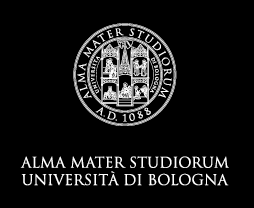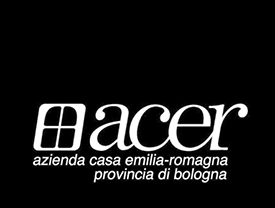In January 2008 the European Commission launched the Covenant of Mayors.
The purpose of this initiative is to actively involve European cities to attain energy and environmental sustainability in multiple sectors. So far the Covenant was ratified by over 1600 cities and asks them to voluntarily commit to fighting climate change by implementing local policies involving sustainable energy. The final goal is to reduce local CO2 emissions by 20% by 2020. The pivotal element to the Covenant is the approval of the Action Plan for Sustainable Energy (SEAP), a document detailing the actions with which the city is to reduce emissions.
Bologna jointed the Covenant of Mayors in 2008. The Bologna SEAP was prepared during the administration office that began in 2011 and was approved in May 2012.
The document details a set of actions concerning energy efficiency and climatechanging emission reduction divided in 6 different scopes of action:
- public buildings and public lighting;
- residential buildings;
- urban forestry;
- mobility and transport;
- energy production;
- service and production sectors.
For the purposes of attaining a steady and sizeable reduction of emissions, the majority of actions and measures taken involved citizens and economic operators from the Commerce, Services and Industry sectors. As a consequence, it may be said that the SEAP stems “from the bottom” in view of the participatory process that actively involved citizens, and a public-private collaborative model that directly involved the suppliers who provide the city with its main services (e.g.: University, Fair, Airport, etc.) and many other associations that comprise a broad selection of companies, operators and persons who can implement or promote initiatives regarding energy.
This collaboration was formally agreed in 2012 through the “Memorandum of Understanding for the Implementation of the SEAP".
The emission database, prepared in 2015, showed a climate-changing emission reduction by 12.4% between the baseline year 2005 and 2013, which corresponds to almost 300,000 tons of CO2. The highest reduction was recorded in the private transportation sector with a 37.9% drop in the emissions. This figure is influenced by the increase in bicycle mobility and the use of public transport, which stood out as being against the national trend. Conversely, the decrease posted in the civil sector (services and residential) is very small (2% and 1.6%, respectively). The civil sector is still the one retaining the highest share of consumption at city level (over 70%).
For more information:
> paes.bo.it










